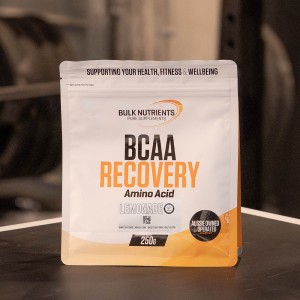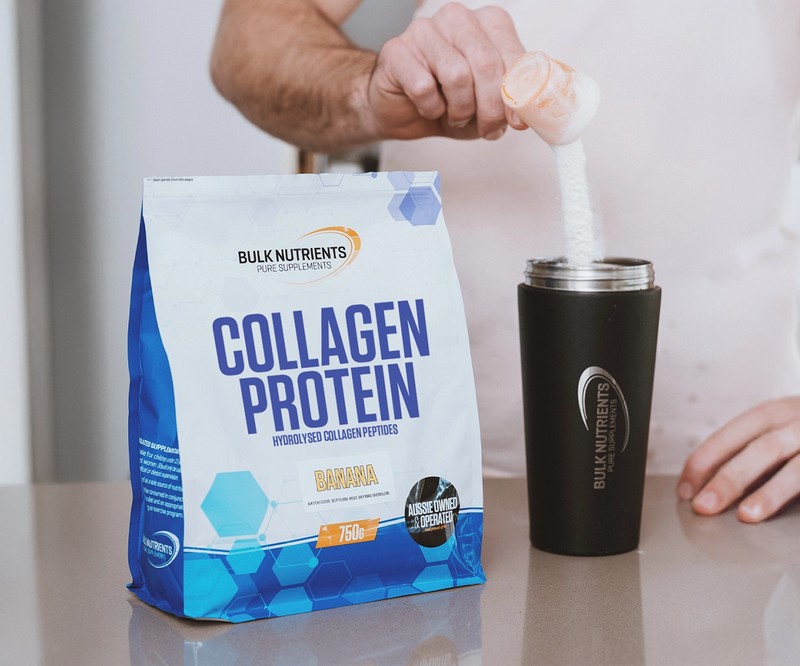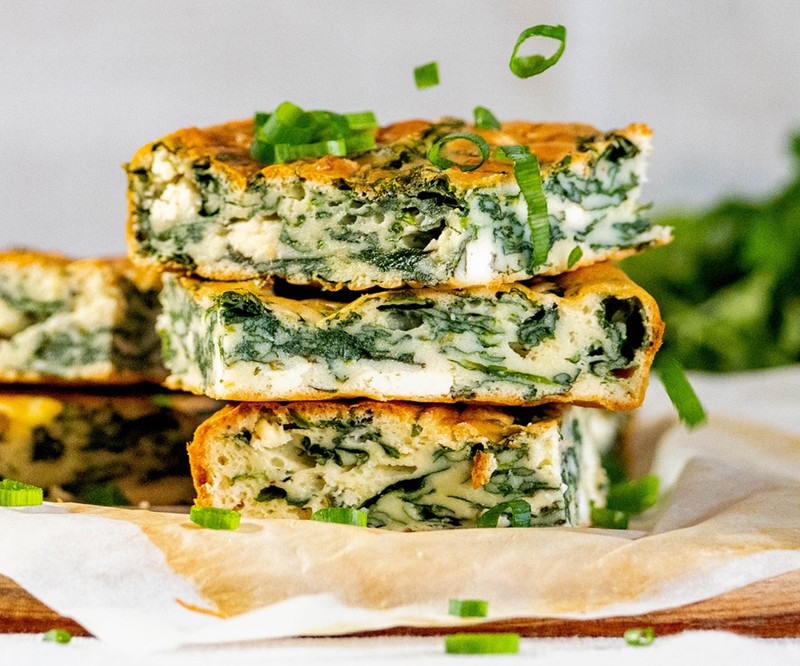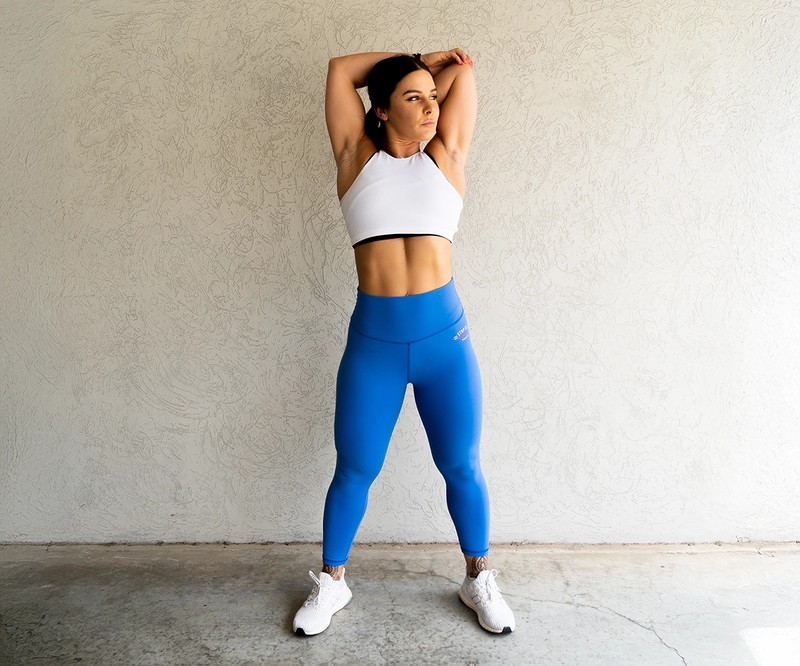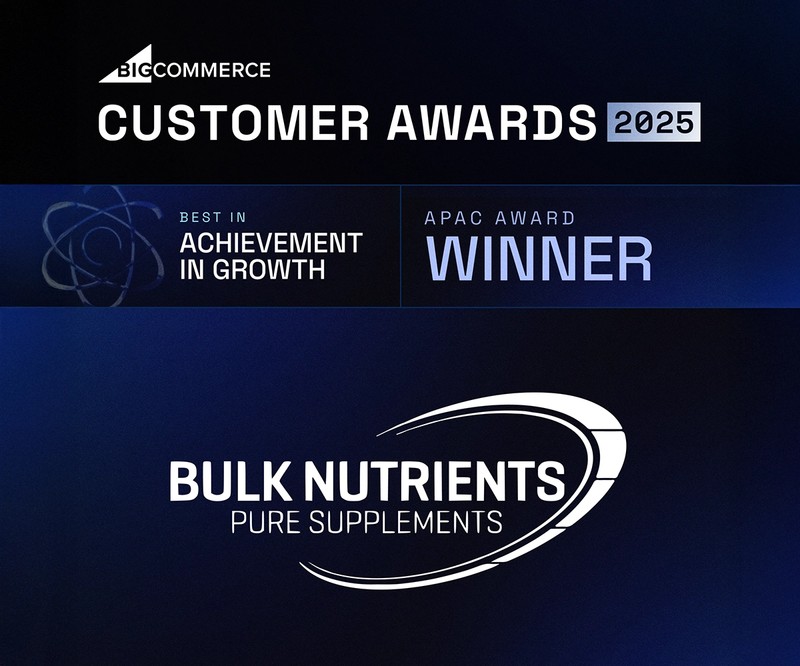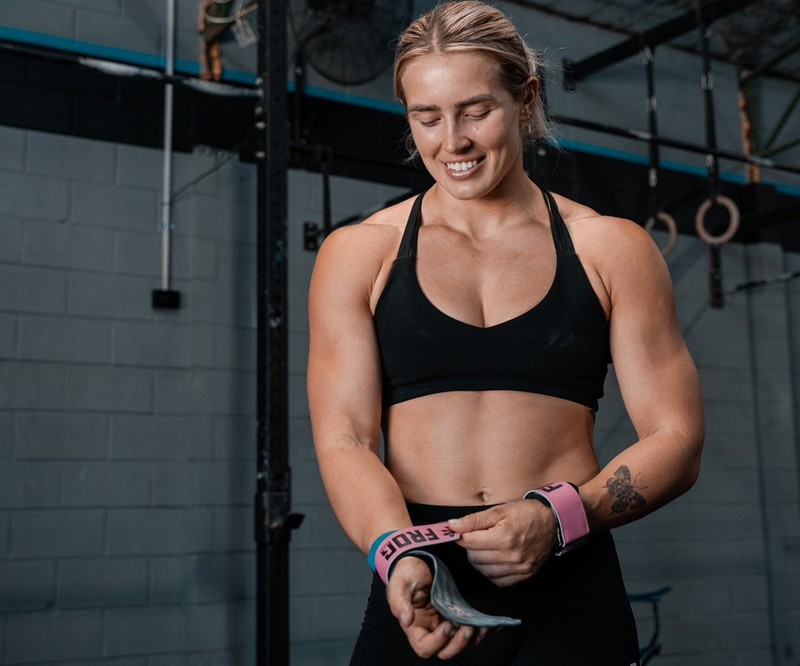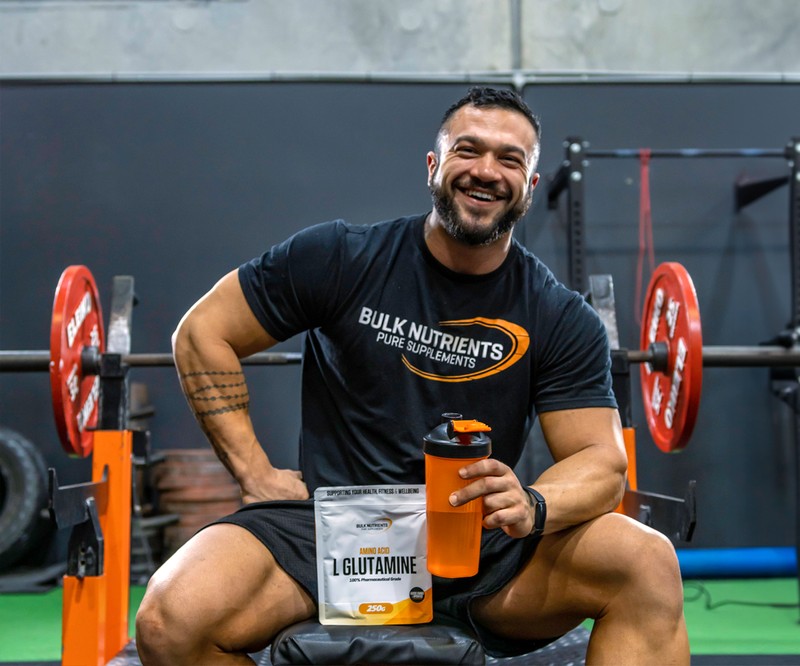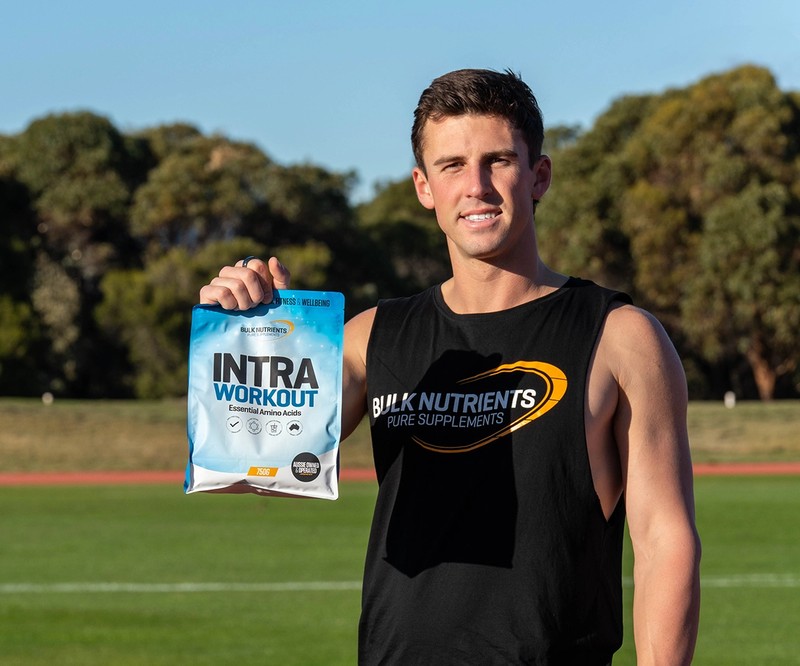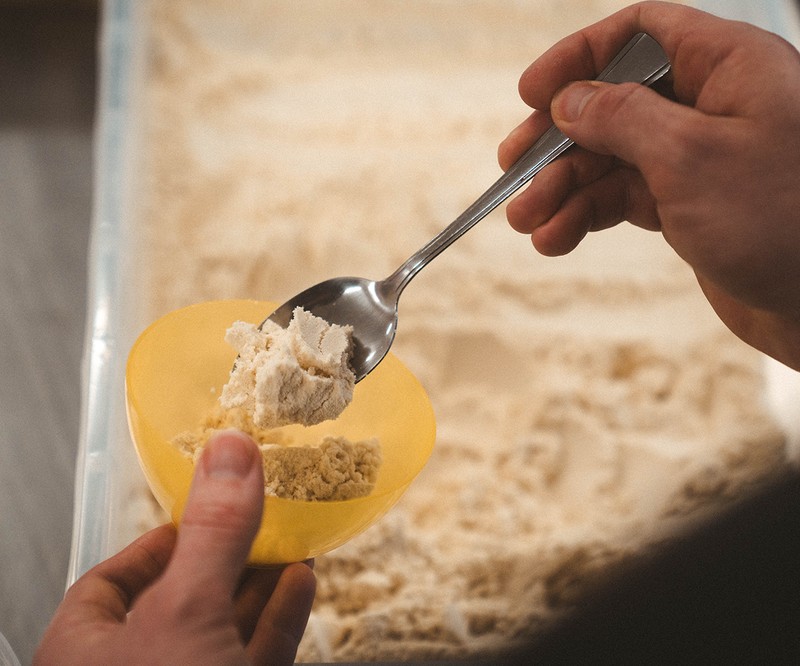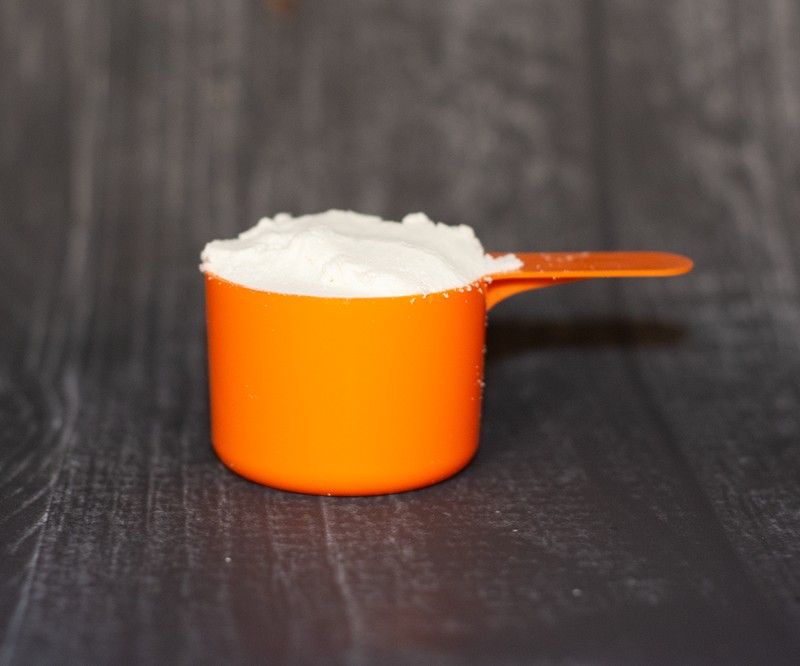Steady-State vs HIIT Cardio for Weight Loss

HIIT: Is it better than steady-state cardio for fat loss?
You know the HIIT promise: "15-30minute workouts for better fat loss results." An example of HIIT is 30 seconds of MAXIMUM intensity sprinting in the park followed by 60 seconds of rest, for a total period of 35 minutes.
An example of steady-state cardio would be a 30-minute brisk walk around the oval or a leisurely cycle around the neighbourhood for 45 minutes. This is far more sustainable for some people.
HIIT might be publicised as a “fast” way to train and with great results, but the truth is you have to step right outside of your comfort zone; working at a minimum of 80% of your maximum heart rate for periods generally lasting between 15 and 60 seconds. If you’re not prepared to really give it everything you have, and we mean everything, then HIIT isn’t the best option for you!

Let’s take the example of time-poor and city-based Bulk Nutrients customer “Tim.” With only 30 minutes to train at lunchtime, research declares that Tim will burn more calories with a 30 minute HIIT approach as opposed to walking around the park at a brisk pace for 30 minutes. This obviously means more calories burned which leads to a greater calorie deficit.
Moreover, research declares that HIIT may blunt your appetite more effectively, which is very helpful when fat loss is the goal. So, try this out for yourself: are you hungrier after HIIT or steady-state cardio?
And we have to mention that HIIT is far better for your fitness as opposed to a steady-state approach -- it really tests your cardiorespiratory system in a way that steady-state cardio cannot. If you’re looking to burn calories and improve your fitness, then HIIT will beat steady-state every time.
HIIT on a low-calorie fat loss diet: How hard is it to recover properly?
The downside to HIIT can be how difficult it is to recover from.
Another example is Bulk Nutrients customer Tamika, who is in a 20% calorie deficit for fat loss. After 8 weeks on a low-calorie diet, Tamika cannot possibly sustain 5 sessions of HIIT a week in concert with weight training. Such an imposed deficit from diet and exercise can result in a vicious energy gap that allows us to rapidly regain all the weight we’ve lost.
Steady State Cardio: Is it the best form of cardio for fat loss?
Steady-state training is no doubt less strenuous than HIIT and the “easier” nature of it may make the motivation to exercise less of an issue.
Let’s use the example of 43-year-old Dianne, who has not exercised regularly since her early 20’s and is overweight or obese. The literature on such people is very clear: steady-state cardio is preferable compared to HIIT for fat loss results.
What it really boils down to is this: The best form of cardio training for fat loss is the one you enjoy the most and can stick to.
So, if HIIT is too challenging and too hard to recover from, and you are not motivated to do it -- then it stands to reason that you shouldn’t.

Fat loss is a long game.
Moreover, steady-state exercise does possess the added benefit of acting as a form of active recovery. This means that a low-intensity walk, or bike ride can also alleviate muscle and joint stiffness and promote blood flow after a taxing leg day in the gym -- a great added benefit to the extra calories burned.
Whilst the answer to this question largely depends on who you are and where you’re at with your weight loss journey, a systematic review recently addressed our question by examining 6,074 studies. Remarkably, it found neither HIIT or steady-state to be superior when it comes to body fat reduction, with both being more or less as effective as the other.
This might be an anti-climactic answer to the question, but it really comes down to what you find to be most enjoyable.
Putting HIIT and steady-state cardio into your workout program
With the aforementioned literature in mind, we’d suggest HIIT at the start of a weight-loss diet (approximately 3-5 sessions) and tapering this down to 1-2 sessions per week as you decrease your calories further. This is because you’ll have fewer calories to assist you in recovery. If you hate the idea of HIIT after trying it, then stick to steady-state cardio.
Moreover, if you don’t lift weights at all, then HIIT might be a better option, as it will also help you build muscle, too. It’s also easier to recover when there’s no weight training in the mix.
But ultimately, experiment to see what you like the most -- because the best approach to fat loss is the strategy you can stick to; whether that’s HIIT or steady-state cardio.
Further Reading and Articles
Frequently Asked Questions
Is HIIT better than steady-state cardio for fat loss?
HIIT might be publicised as a “fast” way to train and with great results, but the truth is you have to step right outside of your comfort zone; working at a minimum of 80% of your maximum heart rate for periods generally lasting between 15 and 60 seconds.
If you’re not prepared to really give it everything you have, and we mean everything, then HIIT isn’t the best option for you!
References:
- Angadi, Siddhartha S.; Bhammar, Dharini M.; Gaesser, Glenn A. Postexercise Hypotension After Continuous, Aerobic Interval, and Sprint Interval Exercise, Journal of Strength and Conditioning Research: October 2015 - Volume 29 - Issue 10 - p 2888-2893 doi: 10.1519/JSC.0000000000000939
- Blue MNM, Smith-Ryan AE, Trexler ET, Hirsch KR. The effects of high intensity interval training on muscle size and quality in overweight and obese adults. J Sci Med Sport. 2018 Feb;21(2):207-212. doi: 10.1016/j.jsams.2017.06.001. Epub 2017 Jun 8. PMID: 28647284; PMCID: PMC7104622.
- De Feo P. Is high-intensity exercise better than moderate-intensity exercise for weight loss? Nutr Metab Cardiovasc Dis. 2013 Nov;23(11):1037-42. doi: 10.1016/j.numecd.2013.06.002. Epub 2013 Oct 9. PMID: 24119988.
- Falcone, Paul H.1; Tai, Chih-Yin1; Carson, Laura R.1; Joy, Jordan M.1; Mosman, Matt M.1; McCann, Tyler R.2; Crona, Kevin P.3; Kim, Michael P.1; Moon, Jordan R.1,4 Caloric Expenditure of Aerobic, Resistance, or Combined High-Intensity Interval Training Using a Hydraulic Resistance System in Healthy Men, Journal of Strength and Conditioning Research: March 2015 - Volume 29 - Issue 3 - p 779-785 doi: 10.1519/JSC.0000000000000661
- Gibala MJ, Little JP, van Essen M, Wilkin GP, Burgomaster KA, Safdar A, Raha S, Tarnopolsky MA. Short-term sprint interval versus traditional endurance training: similar initial adaptations in human skeletal muscle and exercise performance. J Physiol. 2006 Sep 15;575(Pt 3):901-11. doi: 10.1113/jphysiol.2006.112094. Epub 2006 Jul 6. PMID: 16825308; PMCID: PMC1995688.
- Keating SE, Johnson NA, Mielke GI, Coombes JS. A systematic review and meta-analysis of interval training versus moderate-intensity continuous training on body adiposity. Obes Rev. 2017 Aug;18(8):943-964. doi: 10.1111/obr.12536. Epub 2017 May 17. PMID: 28513103.
- Maclean PS, Bergouignan A, Cornier MA, Jackman MR. Biology's response to dieting: the impetus for weight regain. Am J Physiol Regul Integr Comp Physiol. 2011 Sep;301(3):R581-600. doi: 10.1152/ajpregu.00755.2010. Epub 2011 Jun 15. PMID: 21677272; PMCID: PMC3174765.
- Trapp, E., Chisholm, D., Freund, J. et al. The effects of high-intensity intermittent exercise training on fat loss and fasting insulin levels of young women. Int J Obes 32, 684–691 (2008)
Related Blogs

Alcohol - A good time or your Achilles’ heel?
Posted by Max Cuneo
Estimated reading time: 13 minutes

How To Interpret Heart Rate in Your Training
Posted by Bulk Nutrients
Estimated reading time: 5 minutes

The Supermarket Product To Boost HIIT Performance
Posted by Bulk Nutrients
Estimated reading time: 6 minutes

